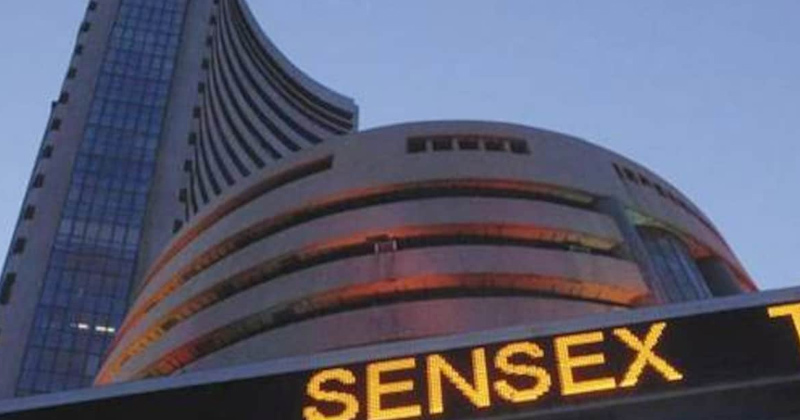In the financial industry, stock market indices are used to map the market or special segments of the economy. A stock market index illustrates the performance and is very suitable as a benchmark. But how is Sensex calculated? Let’s find out.

The Sensex is the most important Indian stock index and bears the full name Bombay Stock Exchange Sensitive Index. It has been calculated since January 1st, 1986, whereby the index base for the years 1978-79 was defined at 100 points.
The Sensex contains 30 stocks, which rank among the 100 most important ones on the Bombay Stock Exchange (BSE) in terms of market capitalization and exchange turnover, but when choosing the final index composition, care is taken to ensure a balanced distribution of industries.
To calculate the Sensex, the individual values are weighted according to the market capitalization of their free float. Since the dividend payments are not taken into account in the index performance, the Sensex is a price index.
A stock market index, stock index or securities index summarizes the prices and values of all stocks and securities in a certain area and compresses this financial information into digits. The index is thus a key figure that characteristically represents and represents the overall condition of a market or a market segment.
The stocks included in the index are selected based on their trading volume and market capitalization. The weight of the individual stocks is also based on their market capitalization. The index is shown in points. The calculation of the individual indices is done with the help of mathematical formulas and statistical methods based on Share prices.
There is a general distinction between a price index and a performance index. In the case of a price index, the level and point value are determined from the prices of the shares. Dividend payments and changes in the capital are not taken into account.
The performance index also includes the dividend payments and subscription rights of the companies it contains. This index provides information about the complete performance of a company or its portfolio.
How Is The Market Capitalization Calculated?

The market capitalization corresponds to the value of the shares of companies that are listed on the stock exchange. It is calculated as the product of the number of unit certificates in circulation and the current market value of these units. Market capitalization is the market value of all freely tradable shares of a company. A company’s freely tradable shares are also known as free-floating shares.
Free Floating shares can be understood as if a company has 100 shares and 35 are held by the owners or promoters or even the government, 65 shares would be available to be traded by anyone. Therefore 65% would be free-floating shares.
For many important stock indices like Sensex, DAX, Dow, MSCI World, S&P 500, EURO STOXX 50) only the freely tradable share certificates are taken into account. Most index providers also specify the weighting of the individual companies when calculating the index. Other index providers weight all companies equally, work with a price weighting or use other criteria, such as dividend yield.
The Market Capitalization Is Calculated As Follows:
Market capitalization = number of shares in circulation × market price per share
According to the BSE guidelines, the amount of Rs. 2501.24 crore will be used as the base market capitalisation till the next adjustments are announced.
Therefore, to calculate Sensex, we will add the free-float market capitalisation of the top 30 companies and divide the resultant figure by 2501.24 crores and then multiply it by 100. It will give the Sensex value at that point in time.
A company’s market capitalization reflects the current market consensus on the equity value of a listed company. It results from the supply and demand for the company’s shares.
The market capitalization is partly influenced to a large extent by the expectations of investors regarding the future profitability of the company and can be subject to strong fluctuations. It is understood as the value one would have to spend to buy the whole company.
Adjustment of The Composition – How Is Sensex Calculated
As the companies develop over time, the composition of the indices is checked at regular intervals and adjusted if necessary. Companies whose share prices have risen above average are given greater weight. Some companies fall through the grid during such a review and have to make room for emerging companies.
Suggested Read: What Does India Need To Become A $5 Trillion Economy?
Shareholders closely monitor such developments, as belonging to an index can have a major impact on share price developments. Funds that track indices must immediately understand these changes.
So, this is how Sensex is calculated. If you wish to become a better investor, you would need to understand the numbers and calculation of the values. Please also refer to the BSE website for a better understanding of the Sensex.


